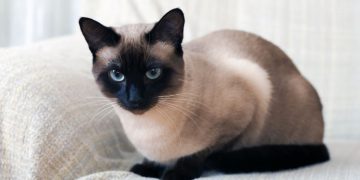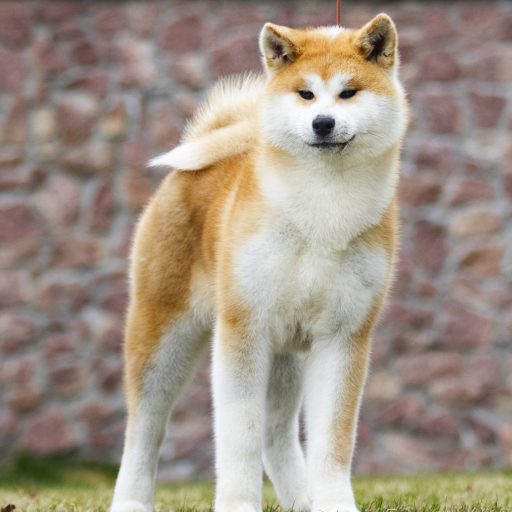Originally from Thailand, the Siamese is a medium-sized cat, beautiful and elegant, with its magnificent light coat combined with much darker ends. His vivacity and his intelligence are well known, just like his very special temperament, moreover. It is, in fact, a feline with a strong character, but also and above all quite changeable. He alternates phases of extreme kindness and capricious moments. The Siamese is also renowned for the great attachment it shows towards its owner, as well as for its marked and frequent meowing.
Breed History
The origins of Siamese go back to the 15th century, or even the 14th century, if we are to believe the manuscripts dating from this period and discovered in Ayutthaya, capital of the kingdom of Siam (present-day Thailand). The German zoologist Peter Simon Pallas (1741-1811) also mentioned cats with characteristics similar to those of the Siamese, present in Asia during this period.
2 cats still unknown at the time, having the appearance of the Siamese, were presented during the Great Exhibition at the Crystal Palace in London in 1871. During the edition of 1885, a couple of Siamese, named Pho and Mia, attracted the attention of visitors. They belonged to the sister of Major Gould, British consul in Bangkok, the latter having brought them back from Thailand to offer them to her.
Recognized 4 years later, the breed began to gain popularity in the interwar period. The first Siamese at the time were mainly seal point, but chocolate, blue and lilac point cats also began to be bred.
On both sides of the Atlantic, slightly different developments of the breed have emerged. If, among breeders in the United States, we prioritized the elegance of the body and the length of the head, among those in England, we rather favored ears attached lower and larger in size, as well as an eye shape. eastern.
Several other breeds of cats were then created from the Siamese: the Balinese, the Himalayan, the Havana, the Oriental or the Mandarin.
The Siamese breed was recognized by the International Feline Federation (FIFe) in 1945.
Physical peculiarities
His body: elegant, fine-boned and well-developed muscles. The neck is relatively long and slender, the legs long, the feet slender and oval in shape.
His hair: short, shiny, lying well on the body, silky to the touch, without undercoat.
Its color: all colors of extremities (colourpoint) such as the mask, the ears, the legs and the tail, contrasting with that of the body, are allowed.
Its head: wedge-shaped, it is triangular when seen from the front. The muzzle is fine, the line of profile straight and the chin well marked.
His eyes: almond-shaped and intense blue. They give the cat a typically oriental look.
His ears: large, wide at their attachment, fitting into the triangular shape of the head.
Its tail: fine and elongated, it is in the continuity of the long conformation of the body. It ends in a point.
Feed
The Siamese diet is no different from that of cats of other breeds. It should be largely meat-based. The quality of animal protein must be high. It should also be ensured that the kitten has an adequate supply of phosphorus, calcium and vitamin D, otherwise problems could arise during the constitution of its skeleton.












